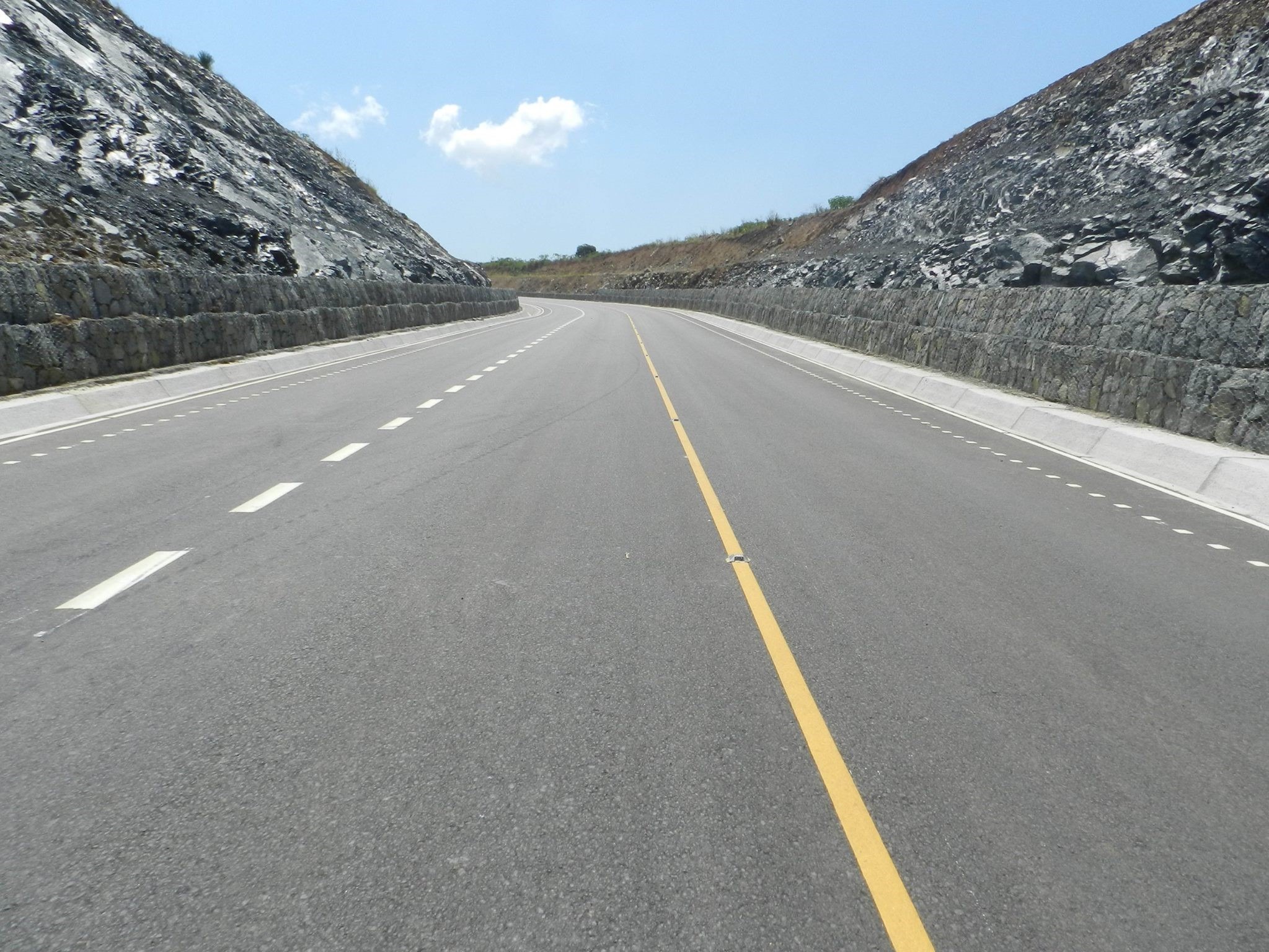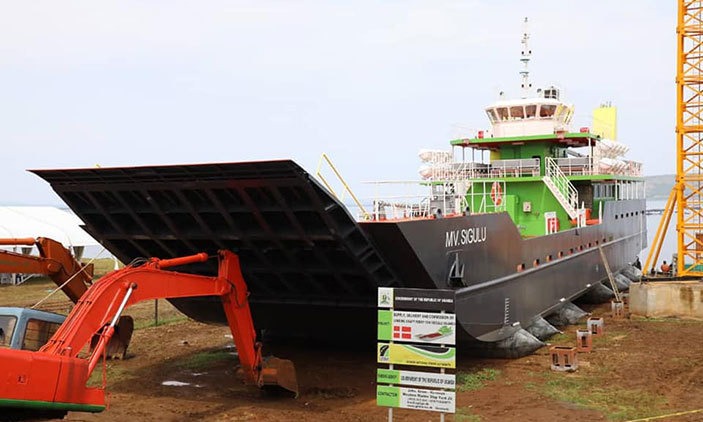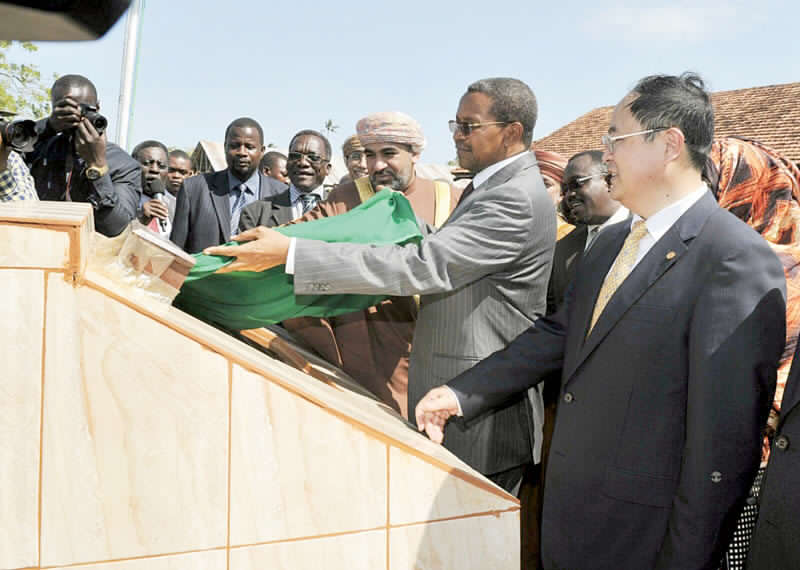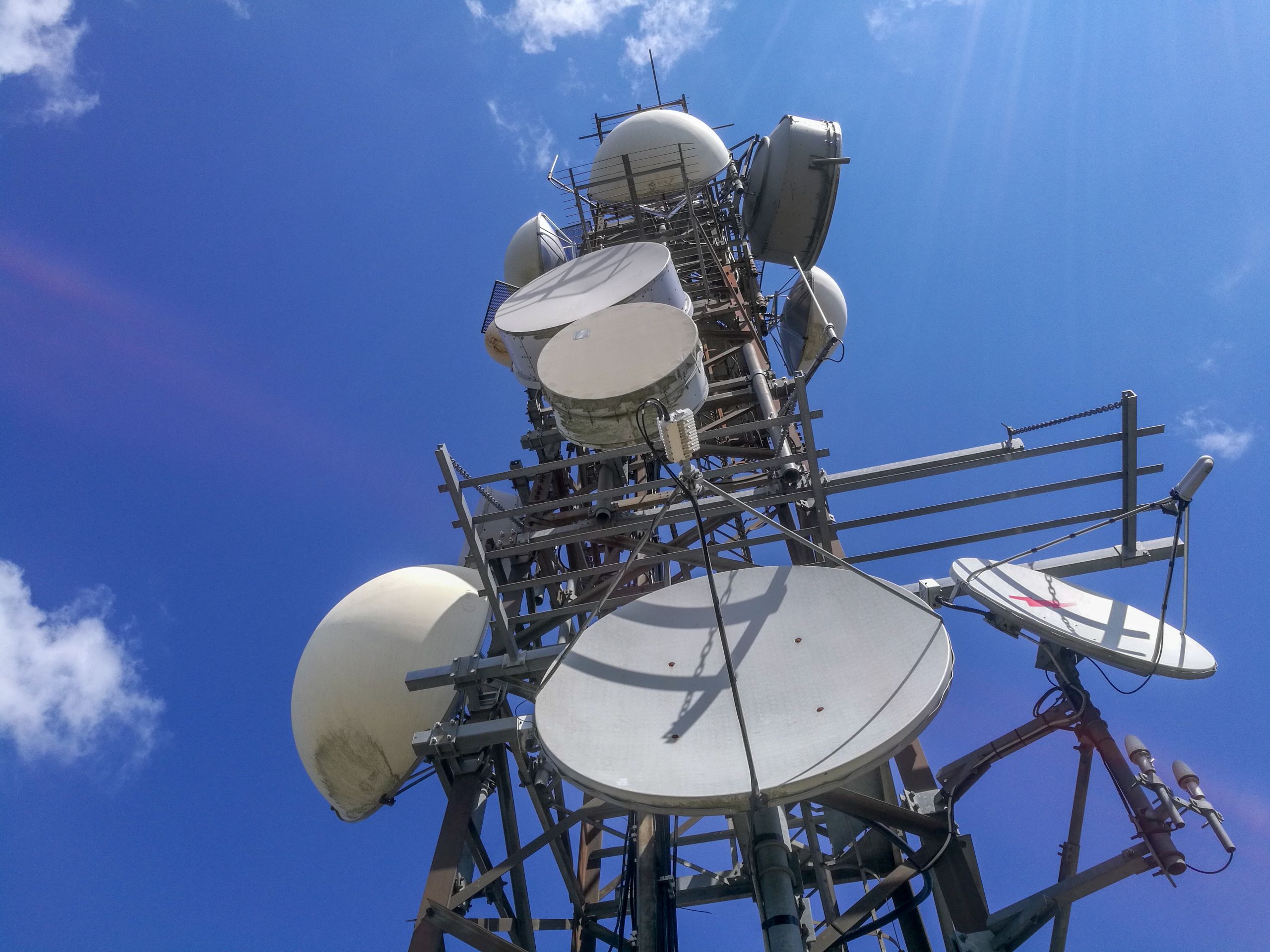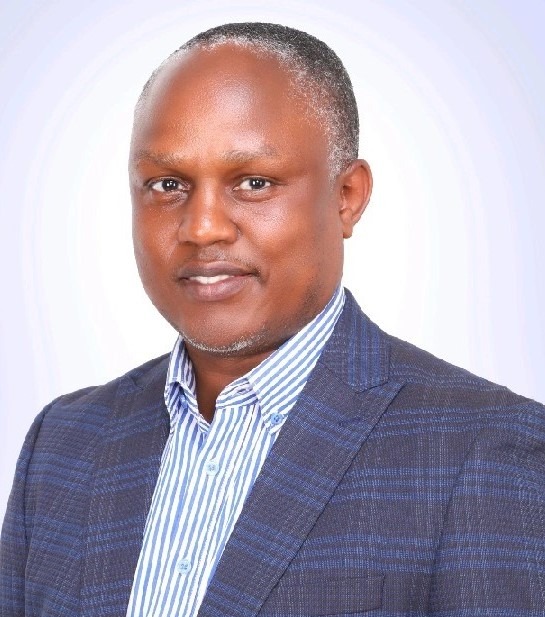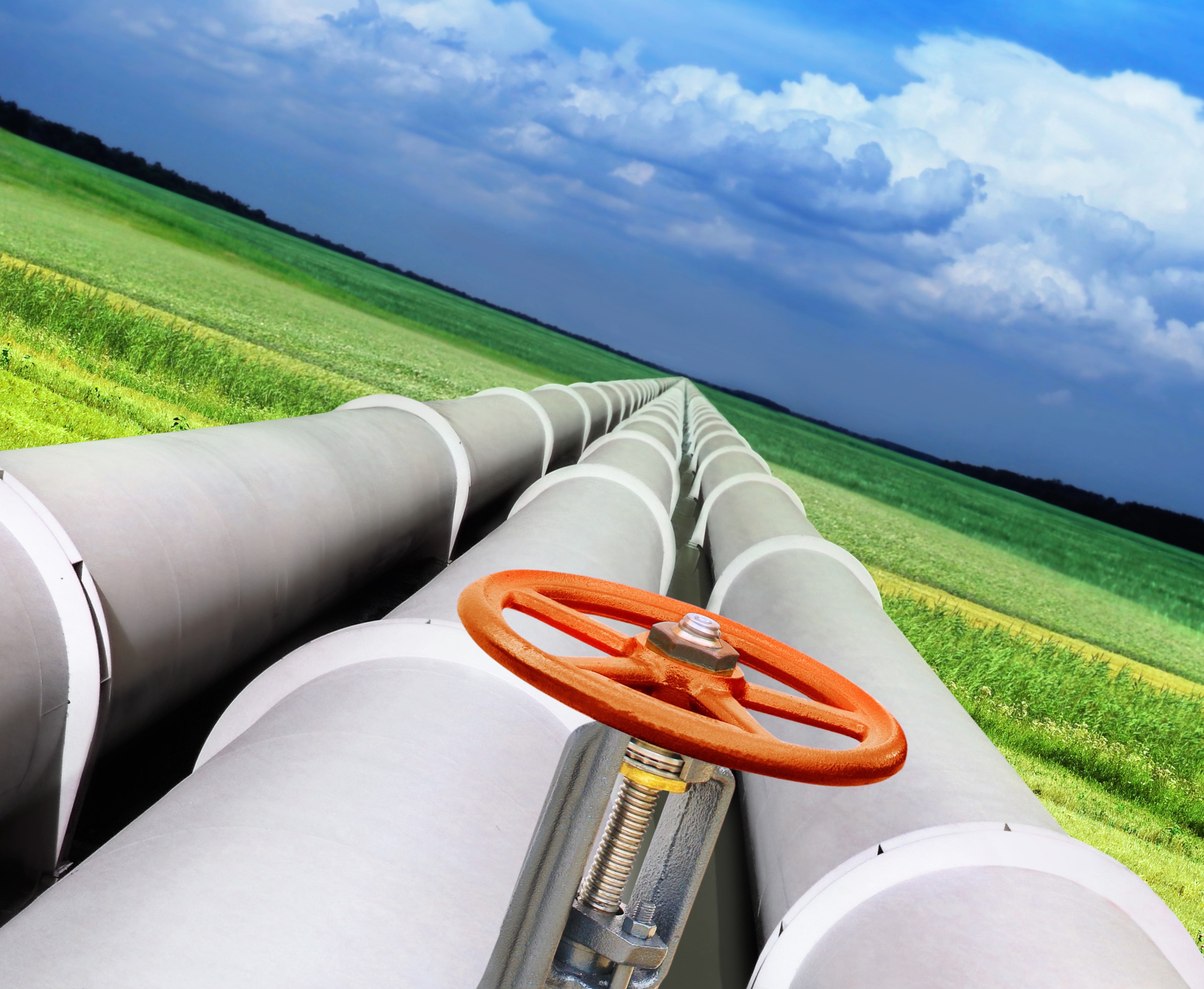When the Standard Gauge Railway (SGR) connecting Mombasa, Nairobi, Kampala, Kigali and Juba/Nimule is done, East Africa will realise reduced cost and time of on-land transportation, accelerated trade within the region and beyond, and a well-connected region for transportation of people and goods. The railways will perhaps be one of the best East African integration projects.
That is when, and if it gets completed soon. For now the progress of the different segments of the project’s is zig-zag. While the Mombasa-Nairobi segment is on course, the rest of the planks may be running behind schedule for the 2018 deadline. In May 2014, Chinese Premier Li Keqiang visited Kenya during which he signed an agreement with President Uhuru Kenyatta for financing the US$3.8 million Mombasa-Nairobi stretch of the SGR. Under the agreement, China (Exim Bank) finances 90 per cent of the cost, while Kenya meets 10 per cent.
The Infrastructure Online could not authoritatively establish if the Kenyan government has already received the Chinese money, or even if Kenya has already made available its 10 per cent of the bargain, hence the fast progress on this sector of the project. China Road and Bridge Corporation (CRBC) is the main contractor of this sector of the SGR.
Once completed, the SGR will slash down times spent between Mombasa and Kampala, for example, by nearly half. The journey from Mombasa to Kampala will be under 12 hours, compared to the current days; the SGR passenger trains will have a speech of 120 km per hour, while the cargo trains will power at 80 km per hour- nearly 50 per cent speed improvement.
In May while touring the 472km Mombasa-Nairobi stretch, John Byabagambi, Uganda’s Minister of Works & Transport, who is also the chairman of the East Africa Regional SGR Project, who led a ministerial team from Uganda, Kenya, Rwanda and South Sudan to inspect the progress of the works on the line said, “What started as a dream is now coming to fruition. The work done so far is fantastic and all indications point to a class one standard gauge railway.” So far indications are that the Mombasa-Nairobi stretch is on course and the Government of Kenya is working to remove all obstacles to the completion of the project on time and required quality.
In March, Kenyan Engineers on the project disagreed with their Chinese counterparts on account that the Chinese were using Chinese standards, as compared to the British standards that the Kenyan engineers are familiar with, which are also agreed as the benchmarks in the Mombasa-Nairobi SGR standards. Works stopped until the Chinese were compelled to adopt the British standards. The works thereafter continued.
A Ugandan civil engineer who spoke to The Infrastructure Online but did not want to be named for fear of reprisal from her fellow Uganda engineers, praised the Kenyan engineers for taking that stance, keenness and demonstrating patriotism. “It is unlikely Ugandan engineers would have pursued that line; most likely the Chinese would have compromised them, and Uganda would have got a raw deal,” she said.
The Malaba-Kampala, Kampala-Kasese, Kampala-Nimule and Kampala-Kigali have not taken off beyond the rails planted by the heads of state at the public launch of the project. The progress of the construction works have been dogged by business rivalry and financing challenges.
Although the EXIM Bank of China has committed to financing the project, they have been slow on releasing the financing on account of waiting for the Government of Uganda part/ funding commitment to the project. At the end of March, President Museveni dashed to Beijing to finalise the financing agreements with the Chinese authorities. While in Beijing he also oversaw the signing of the Engineering, construction agreement with China Harbour Engineering Company (CHEC).
China Harbour Engineering Company was given the contract by the Government of Uganda to construct the Malaba-Kampala-Kasese-Mpondwe part of the SGR. It will be remembered that the project was eventually divided into two parts after Chinese Company, China Civil Engineering Construction Company, took the Government of Uganda to Court for breaching earlier commitments. Subsequently the Government of Uganda reconsidered the US$3.3 billion project and gave a portion- the northern plank- Kampala-Pakwach-Nimule to the second Chinese company.
While the Government of Rwanda and South Sudan have exhibited a lot of public enthusiasm on the project, there is not much to show in terms of the progress of the SGR from their sides of the borders.
It will also, however, be remembered that the East Africa standard gauge railway is part of the Northern Corridor Integration Projects- (NCIP) championed by the four East African northern corridor partners: Kenya, Uganda, Rwanda and South Sudan. The southern corridor normally refers to Dar es Salaam-Dodoma-Bukoba-Kampala and Dar- es Salaam-Kigali-Bujumbura-Goma
The four presidents agreed that under chairmanship of Uganda’s President Yoweri Museveni, the quartet will undertake joint resource mobilization for the US$13.5 billion project. The total cost will be broken down according to the number of kilometers that the railway runs in each country.
Rwanda’s Ministry of Infrastructure states on its website, “Currently, Rwanda has no railway network. However, the country is working in partnership with other countries of the region to find a railway network. The railway network will contribute in lightening the country’s landlocked status, thus leading to a significant reduction of transport costs.”
On its part while South Sudan has said it is talking with CHEC to undertake the 175 km railway from Nimule-Juba, it is not clear how it plans to fund this section of the SGR beyond the joint proposal to the Exim Bank of China. CHEC however on their website name the 175 km Nimule-Juba SGR contract as one of theirs projects. Their website is silent on their work on the Ugandan part of the railway.
The Infrastructure Online understands that the African Development Bank, under its Africa 50 Project is spearheading the joint financing of the East African Standard Gauge Railway is supporting the northern corridor partners to develop the railway link as a bankable project.
According to the African Development Bank, “Increasing the rate of infrastructure delivery in Africa implies a greater focus on project preparation and project development as well as specialised financial tools to address specific market challenges.”
The Infrastructure Online understands that a few years ago, African Heads of States made a declaration on the Program for Infrastructure Development in Africa (PIDA) in which they called for innovative solutions to facilitate and accelerate infrastructure delivery in Africa.
“In response (to that declaration), the African Development Bank established a new delivery vehicle called Africa50. Africa50 is an Investment Bank for Infrastructure in Africa that focuses on high-impact national and regional projects in the energy, transport, ICT and water sectors,” says the ADB on its website.




